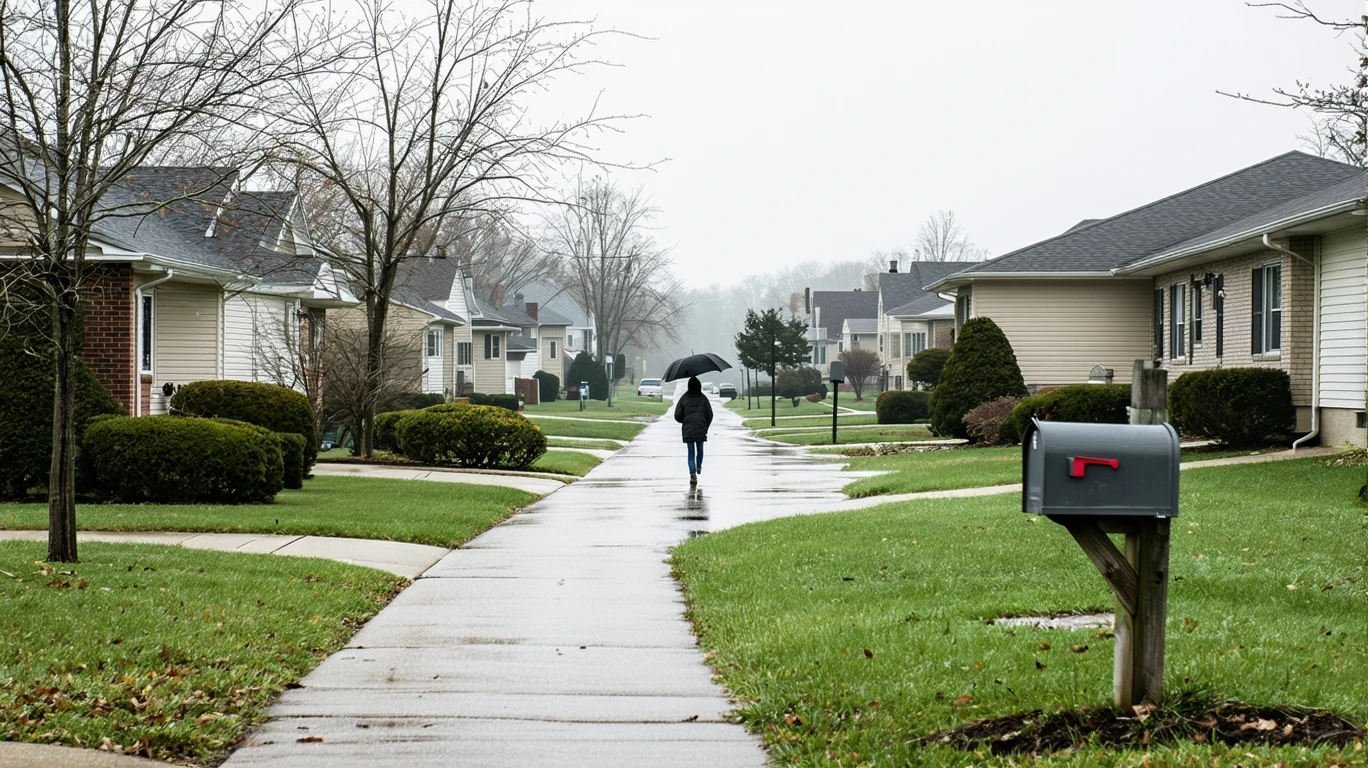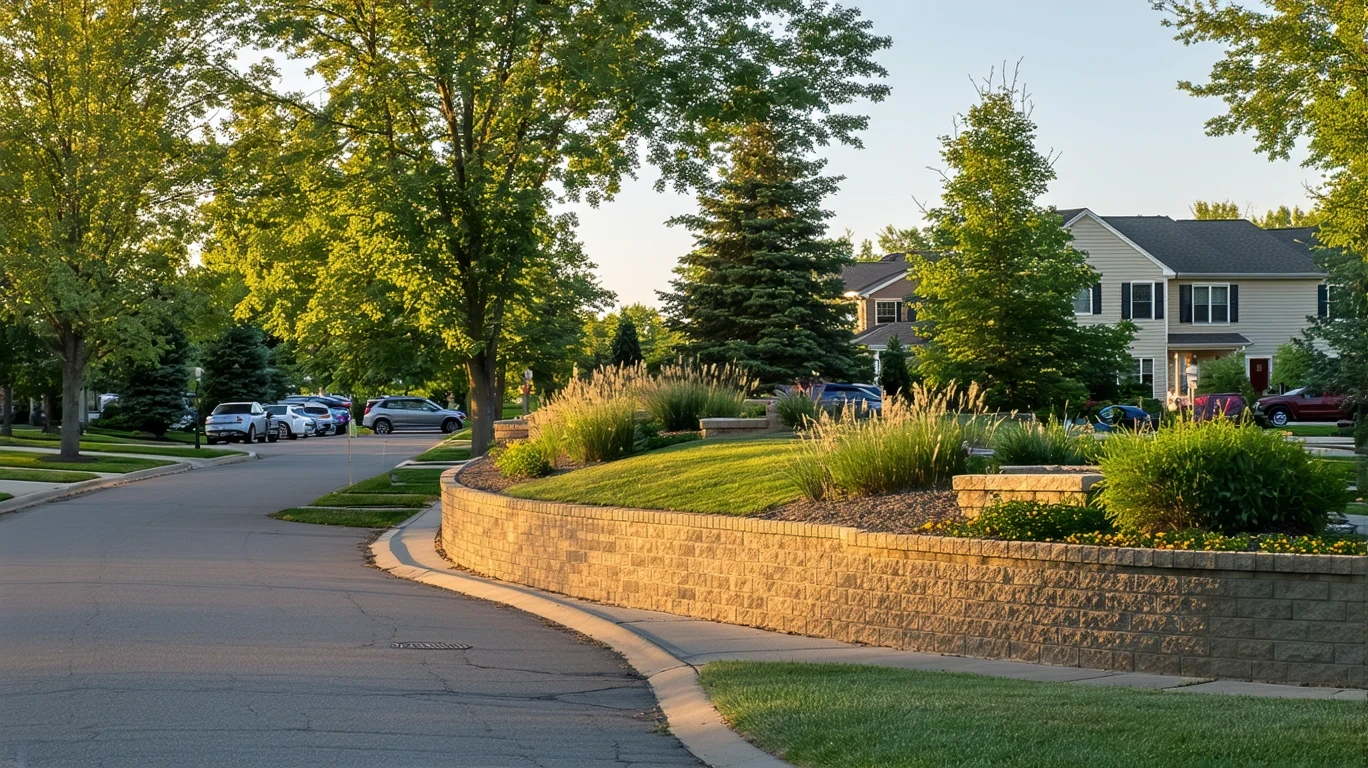Coon Rapids, MN vs. Bloomington, MN: Cost of Living Comparison (2025)
Meet the Johnsons, a family of four considering a move within the Twin Cities metro area. They’re debating between the northern suburb of Coon Rapids and the southern city of Bloomington. Both offer appealing amenities and proximity to Minneapolis, but the Johnsons are most concerned about fitting their lifestyle into their budget. As they weigh the pros and cons of each city, cost of living has become the central factor in their 2025 relocation decision.
Coon Rapids and Bloomington are popular choices for families and professionals seeking a balance of affordability and access in the Twin Cities region. Coon Rapids, located along the Mississippi River in Anoka County, is known for its spacious homes and family-friendly neighborhoods. Bloomington, situated south of Minneapolis, offers a mix of residential areas and commercial districts, including the famous Mall of America. While both cities have their merits, the Johnsons are focused on finding the most cost-effective option without sacrificing quality of life.
In this article, we’ll break down the key cost of living factors in Coon Rapids and Bloomington, from housing and utilities to groceries and taxes. By comparing expenses across categories, we’ll help the Johnsons—and readers like you—determine which city offers the best value for your budget and lifestyle in 2025.

1. Housing Costs
Housing is typically the largest expense in any household budget, and the Johnsons are no exception. They’re looking for a spacious 3-bedroom home to accommodate their growing family. In Coon Rapids, the median home price hovers around $350,000, with a mix of older and newer construction available. Rents for a 2-bedroom apartment average $1,400 per month.
Bloomington’s housing market is slightly pricier, with a median home value of $400,000 and average rents for a 2-bedroom unit at $1,600 monthly. The city offers a range of housing types, from single-family homes to apartments and townhouses. Newer developments tend to command higher prices, while older neighborhoods provide more affordable options.
| Housing Type | Coon Rapids | Bloomington |
|---|---|---|
| 2BR Apartment (Monthly Rent) | $1,400 | $1,600 |
| 3BR House (Median Price) | $350,000 | $400,000 |
For families like the Johnsons, Coon Rapids offers more bang for their buck in terms of square footage and yard space. Young professionals and singles may find Bloomington’s higher-density housing options and proximity to job centers worth the premium. Overall, Coon Rapids comes out ahead on housing affordability, especially for those seeking a suburban lifestyle.
2. Utilities and Energy Costs
Minnesota’s cold winters and warm summers make utility costs a significant consideration for the Johnsons. In Coon Rapids, the average monthly energy bill for a 3-bedroom home is around $150, with seasonal spikes for heating and cooling. The city’s older housing stock may result in higher energy usage, but many homes have been updated with efficient systems and weatherization.
Bloomington residents typically pay slightly less for utilities, with an average monthly bill of $130 for a similar-sized home. The city’s newer construction tends to be more energy-efficient, and Bloomington Public Utilities offers programs like off-peak rates and rebates to help customers save.
Household size and home age play a role in utility expenses. Larger families like the Johnsons can expect higher consumption, while those in newer or smaller homes may see lower bills. Considering these factors, Bloomington has a slight edge in utility costs, but the difference is not substantial.
3. Groceries and Daily Expenses

The Johnsons, with two growing children, know that food and household essentials add up quickly. In Coon Rapids, a gallon of milk averages $3.50, a loaf of bread is around $2.80, and a dozen eggs cost about $2.20. The city has a mix of big-box stores, local grocers, and specialty markets, providing a range of options for budget-conscious shoppers.
Bloomington’s grocery prices are comparable, with a gallon of milk at $3.60, bread at $2.90, and eggs at $2.30. The city’s larger size means more store choices, including discount retailers and upscale supermarkets. Restaurant prices are slightly higher in Bloomington, with a mid-range meal for two averaging $60, compared to $50 in Coon Rapids.
Families may find better value in Coon Rapids’ more affordable dining scene, while singles and couples might appreciate Bloomington’s wider variety of restaurants and stores. However, the difference in grocery and daily expenses between the two cities is minimal, making it a draw in this category.
4. Taxes and Fees
As homeowners, the Johnsons are mindful of property taxes and other local fees. Coon Rapids has a property tax rate of 1.2%, with an average annual tax bill of $4,200 on a $350,000 home. The city also charges a monthly fee for trash and recycling services, which adds about $20 to the utility bill.
Bloomington’s property tax rate is slightly higher at 1.3%, resulting in an average annual tax of $5,200 on a $400,000 home. The city includes trash and recycling in its property taxes, so there’s no separate fee. Both cities have a sales tax rate of 7.525%, which applies to most purchases.
Homeowners in Coon Rapids may pay less in property taxes, but the monthly trash fee can add up over time. Renters in both cities are indirectly impacted by property taxes through their rent prices. Considering the long-term implications, Coon Rapids has a slight advantage in the tax category, especially for budget-conscious homeowners.
5. Cost Summary Table
| Category | Coon Rapids | Bloomington |
|---|---|---|
| Housing (3BR Home) | $2,000 | $2,300 |
| Utilities | $150 | $130 |
| Groceries | $800 | $850 |
| Transportation | $200 | $180 |
| Taxes (Property) | $350 | $430 |
| Misc. | $500 | $550 |
| Estimated Monthly Total (Gross) | $4,000 | $4,440 |
Estimates reflect typical costs for a mid-size household (3BR home) in 2025 using published rates and regional averages. Actual expenses vary based on lifestyle, household size, and neighborhood choice.
Based on these estimates, a family like the Johnsons could expect to spend around $4,000 per month living in Coon Rapids, compared to $4,440 in Bloomington. The most significant difference lies in housing costs, with Coon Rapids offering savings of $300 per month for a comparable home. Other categories like utilities, groceries, and transportation are relatively similar between the two cities.
It’s important to note that these figures represent gross monthly income, before taxes and other deductions. Actual take-home pay will be lower, and budgets should be adjusted accordingly. Additionally, lifestyle choices and neighborhood selection can greatly impact expenses in either city.
6. Lifestyle Fit
While cost is a major factor, the Johnsons also want to ensure their new hometown aligns with their lifestyle. Coon Rapids offers a quintessential suburban experience, with quiet residential streets, parks, and a strong sense of community. The city’s proximity to the Mississippi River provides opportunities for outdoor recreation, from hiking and biking to fishing and boating.
Bloomington, on the other hand, has a more urban feel, with a vibrant downtown area and easy access to Minneapolis attractions. The city’s crown jewel is the Mall of America, which offers endless shopping, dining, and entertainment options. Bloomington also boasts excellent schools, a diverse population, and a thriving arts scene.
Both cities have relatively easy commutes to Minneapolis, with Coon Rapids averaging 30 minutes and Bloomington around 20 minutes. However, Bloomington’s more extensive public transit system and walkable neighborhoods can help reduce transportation costs for those who prefer not to drive.
Quick Facts:
- Coon Rapids has over 40 parks and 80 miles of trails for outdoor enthusiasts.
- Bloomington is home to the Mall of America, the largest mall in the United States.
Ultimately, the Johnsons’ lifestyle priorities will shape their decision. If they value space, affordability, and a tight-knit community, Coon Rapids may be the better fit. If they prioritize urban amenities, cultural diversity, and shorter commutes, Bloomington could be the winner. Both cities offer a high quality of life, but the best choice depends on individual preferences and budget considerations.
7. FAQ
Is Coon Rapids more affordable than Bloomington in 2025?
Yes, Coon Rapids tends to be more affordable than Bloomington, particularly in housing costs. A typical family could save around $300 per month on a 3-bedroom home in Coon Rapids compared to a similar property in Bloomington.
Are rental prices lower in Coon Rapids or Bloomington?
Rental prices are generally lower in Coon Rapids, with an average 2-bedroom apartment going for $1,400 per month, compared to $1,600 in Bloomington. However, prices can vary depending on the specific neighborhood and amenities.
How do grocery costs compare between Coon Rapids and Bloomington?
Grocery costs are similar in both cities, with Coon Rapids being slightly more affordable. A gallon of milk, for example, averages $3.50 in Coon Rapids and $3.60 in Bloomington. The difference in monthly grocery bills is minimal for most households.
Are property taxes higher in Bloomington than in Coon Rapids?
Yes, Bloomington has a slightly higher property tax rate of 1.3%, compared to 1.2% in Coon Rapids. For a $400,000 home in Bloomington, the annual property tax would be around $5,200, while a $350,000 home in Coon Rapids would have a tax bill of approximately $4,200.
What is the average monthly cost of living for a family of four in Coon Rapids vs. Bloomington?
Based on estimates for a 3-bedroom home, a family of four could expect to spend around $4,000 per month in Coon Rapids and $4,440 per month in Bloomington. These figures include housing, utilities, groceries, transportation, taxes, and miscellaneous expenses.
8. Conclusion
Coon Rapids and Bloomington both offer a high quality of life in the Twin Cities metro area, but they differ in terms of cost of living and lifestyle. For the Johnson family and other budget-conscious households, Coon Rapids emerges as the more affordable option, with lower housing costs and property taxes. The city’s suburban charm, outdoor recreation, and strong community spirit make it an attractive choice for families seeking a balance of value and amenities.
Bloomington, while slightly pricier, offers a more urban experience with diverse neighborhoods, excellent schools, and convenient access to Minneapolis. The city’s higher costs are offset by its vibrant culture, extensive shopping and dining options, and robust public transit system. Young professionals, singles, and those who prioritize a shorter commute may find Bloomington worth the extra expense.
Ultimately, the decision between Coon Rapids and Bloomington depends on individual priorities and financial considerations. By carefully weighing the cost of living factors outlined in this article, readers can determine which city best fits their lifestyle and budget in 2025. For more information on monthly expenses in Coon Rapids or overall living costs, check out our detailed guides. And if you’re planning a move, don’t forget to review our Best Moving Companies Guide for tips on choosing a reliable and affordable mover.
